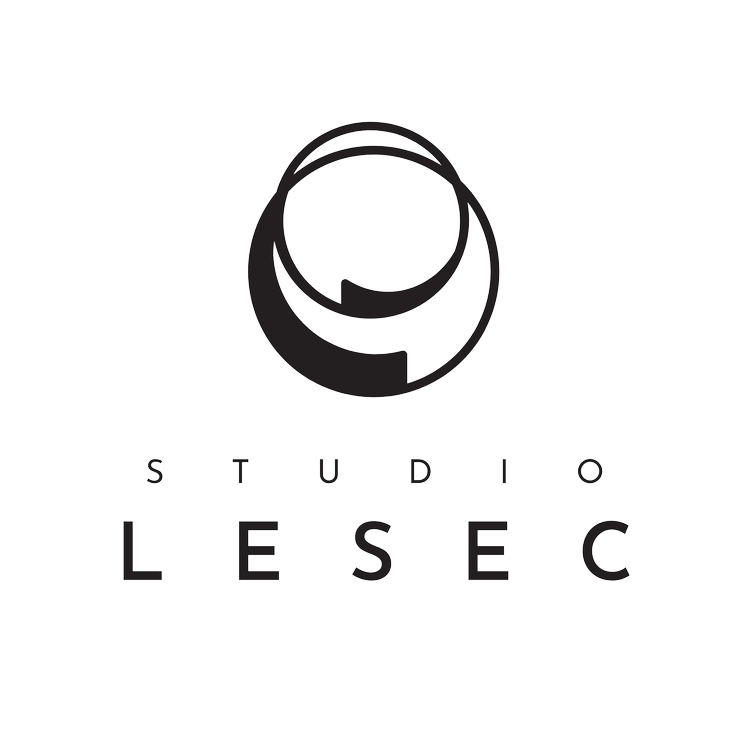




In this application a photo cell is used to register changes in light levels. The cell’s sensor output is fed through an arduino unit that houses our function code. When light levels descend below a predetermined threshold a section of code is triggered and the arduino fires an impulse to the stepper motor located within the unit causing the blooming actuation. When light levels once again increase another section of code is triggered causing a reversal of the stepper motor and a retraction of the bloom. This actuation allows our pods to bloom at night allowing for an increased surface area for optimal water collection and retract during the daytime reducing the amount of evaporation.



















In this application a photo cell is used to register changes in light levels. The cell’s sensor output is fed through an arduino unit that houses our function code. When light levels descend below a predetermined threshold a section of code is triggered and the arduino fires an impulse to the stepper motor located within the unit causing the blooming actuation. When light levels once again increase another section of code is triggered causing a reversal of the stepper motor and a retraction of the bloom. This actuation allows our pods to bloom at night allowing for an increased surface area for optimal water collection and retract during the daytime reducing the amount of evaporation.
